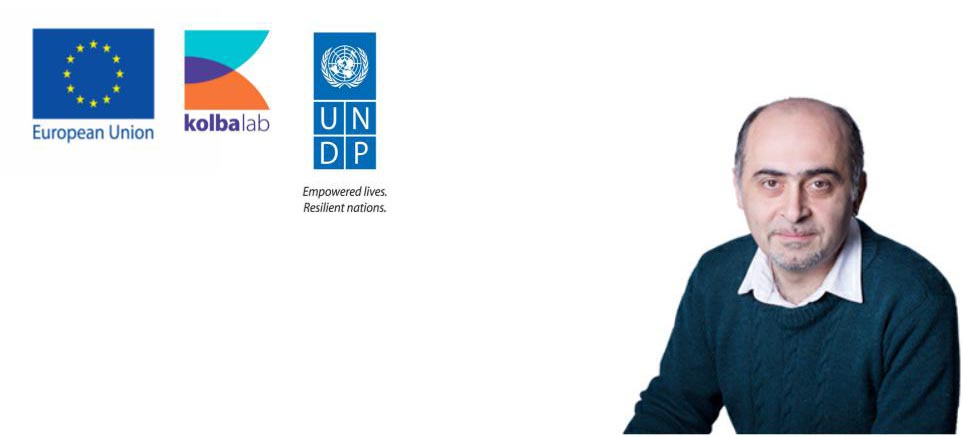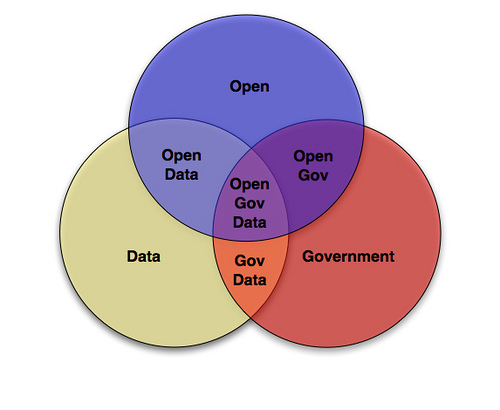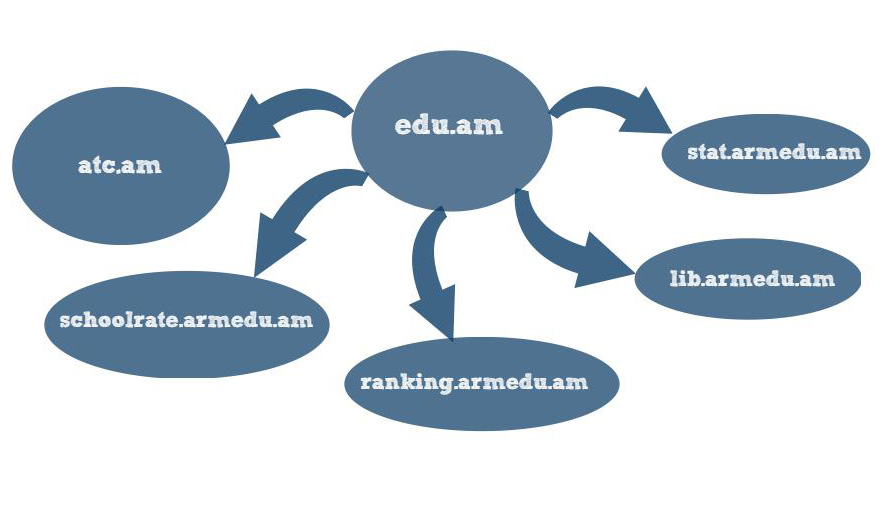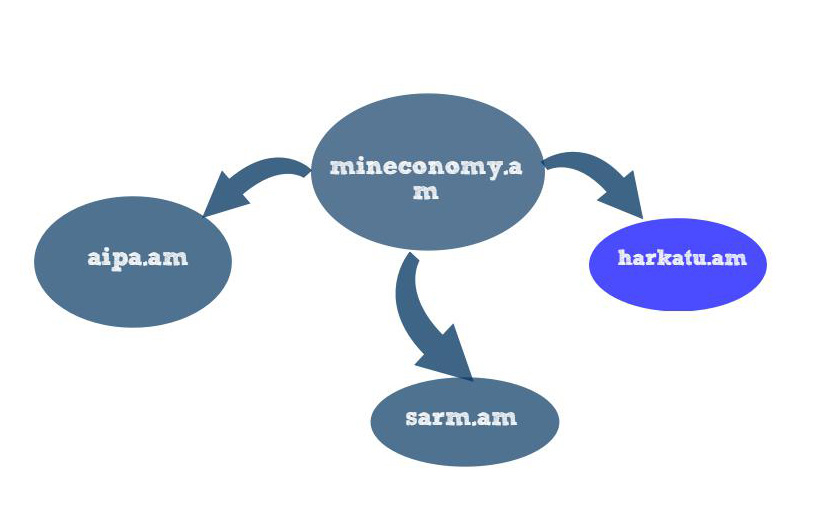Open Data can be one of the key drivers of the development of societies and states today. The accumulated and released open data of many state institutions make up quite large volumes in Armenia today.

As part of European funded Kolba Lab’s “Innovation for Development” project, Samvel Martirosyan conducted mapping of open data sources in the public sector in Armenia, trying to find out what kind of government data is available to the users and how it can be used. What are the options for using the databases and what prospects of development are available in this sphere?
A number of databases have large potential for anti-corruption and civic journalistic investigations; for example, “Purchases made by one person“, “SNCO Financing “, “High-ranking officials’ declarations“. These are examples when databases allow a researcher to carry out independent research work. So far, there is one publicly-known data visualization tool: the interactive budget .
As for the opportunity to process data, Armenia has not yet made much progress. The National Statistical Service provides databases with very minimalistic tools . Apart from this, there are an additional two platforms for processing statistical data: Armstatbank and Armdevinfo. Both are quite difficult and inconvenient to work with.

On the uniformity of data provision, the Government on the Republic of Armenia passed a decree “On approval of the minimum requirements for the official websites of state bodies online” . According to that decision, the websites should comply with the general standards. However, the reality is that the website publications of the public sector are too diverse. The information is provided in different formats and in an unstructured way. From website to website the forms are different. In one place it is just html version, in another place is pdf, doc, or xls.
The information released by state agencies, when adapted by a third party, can provide the grounds for numerous programs to improve public life: for example, systematic and automatically processed information of the education system, transportation, environment, agriculture, and other sectors. But to find such solutions, the information must:
- always be recent, reviewed, precise;
- be in a machine-readable format; for example, XML, CSV, and so on;
- be provided in a several different formats.
Government databases and opportunities for the development of Open Data in Armenia
There are two big clusters of resources: Regional governments and Diplomatic Missions of Armenia (you can find clusters here at the bottom of list of all available state databases of Armenia)
There are several clusters of open data databases:
- E-government Databases

- Ministry of Justice and legislative databases

- Financial Databases

- Educational Databases

- Economy Databases

Central Bank Databases

The full version of the survey is available here.